BUILT FOR THE FUTURE
This article is from our archives and has not been updated and integrated with our "new" site yet... Even so, it's still awesome - so keep reading!
Published on Sat, Jul 22, 2006
By: The LACar Editorial Staff
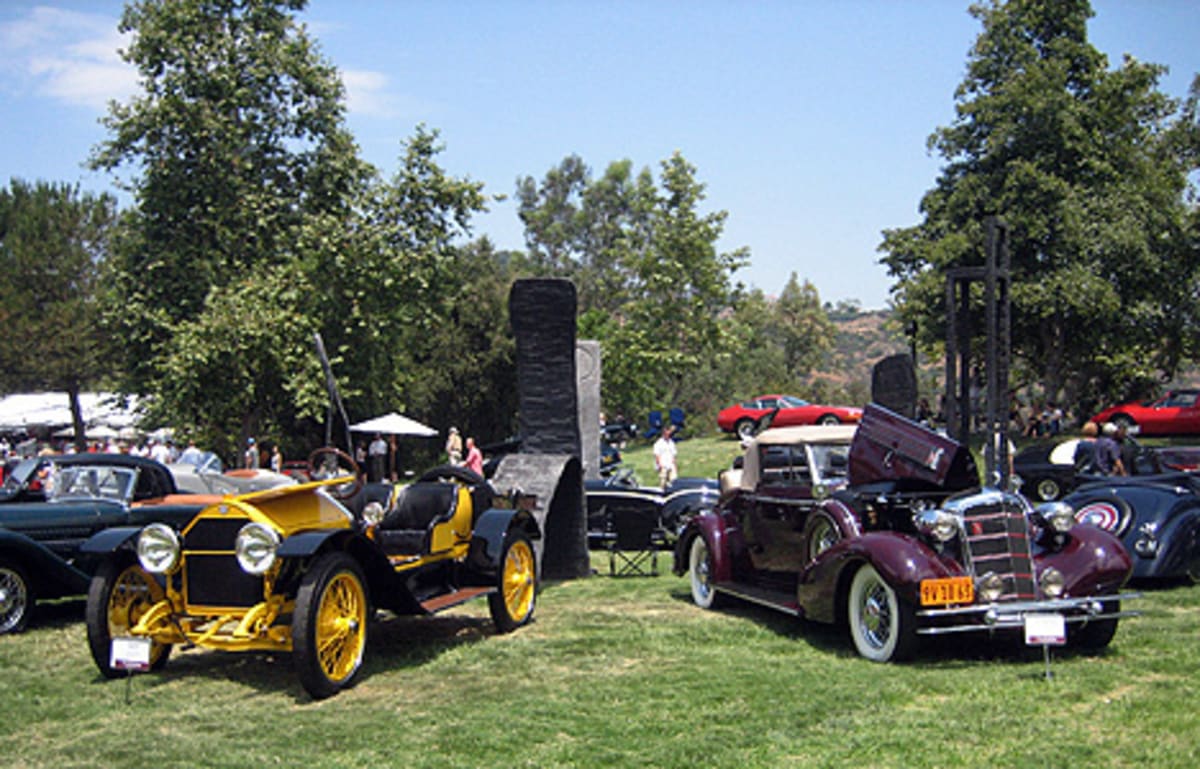
BUILT FOR THE FUTURE
Article and Photos by ROY NAKANO, JOHN GRAFMAN, and Contributing Editors REED BERRY and RORY JURNECKA
The gods are good to the Art Center. In what should be the hottest day of the hottest July in recent memory, clouds of cotton candy provide show goers a respite from the summer's heat. It's hard to believe that the Art Center Car Classic is but a half decade old. Nothing gives its youth away. The show has the feeling of a Southern California long-time tradition. Moreover, the event attracts some of the best of the collectible car community, and plenty of people have no problem paying the $55 admission price. Several factors conspire to make the Car Classic a classic venue for a car show. First of all, it's held in the beautiful Pasadena hillside campus of Art Center. Even the drive up to the campus is breathtaking. In addition, the communities surrounding Pasadena are rich with collectible and specialty automobiles.
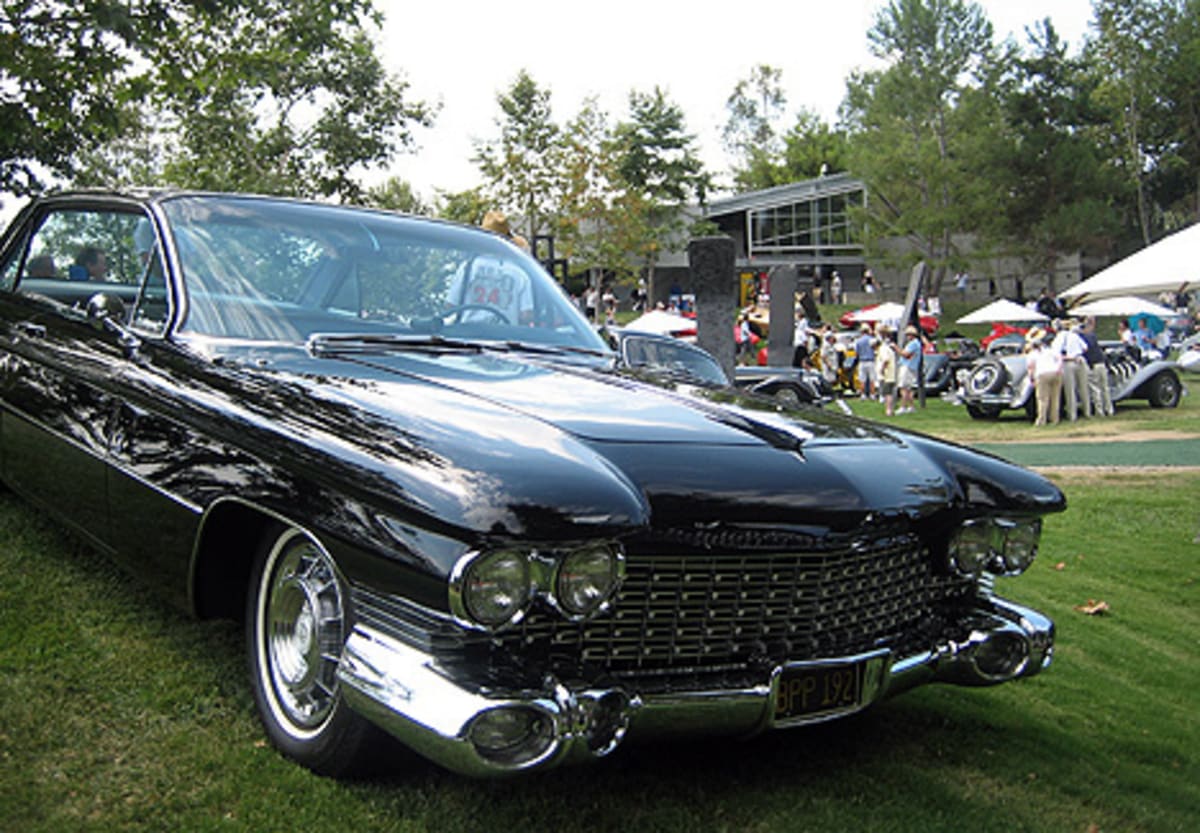
1959 Cadillac Eldorado Biarritz Series Convertible - Scott Tupper / owner And then there is the Art Center alumni. Virtually all of the top car designers have gone to Art Center. That makes for an extraordinarily strong alumni on which to draw support. Not surprisingly, many of the guest speakers for this year's show are members of the Art Center alumni.
This year's theme, Coachbuiding: Pasadena and Beyond , showcases the work of Pasadena's own custom coachbuilders, Walter M. Murphy & Co. and Bohman & Schwartz, along with their modern day counterparts.
The featured speakers include Patrick le Quément, Senior Vice-President of Corporate Design, Renault; alumnus Henrik Fisker, CEO, Fisker Coachbuild; and the past director of Art Center's Transportation Design Program and current Creative Director of Pininfarina, Ken Okuyama.
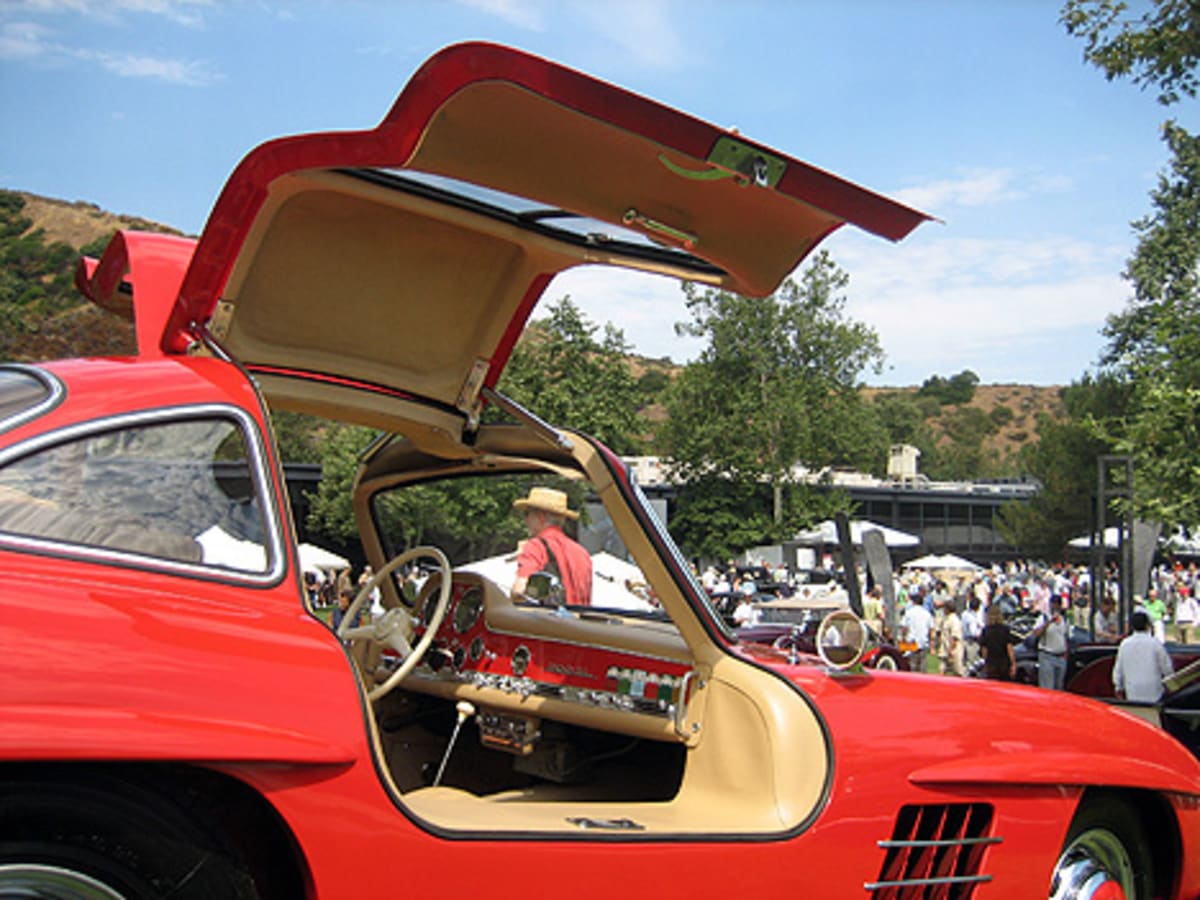
1957 Mercedes Benz 300 SL Gullwing - Rodolfo Junco De La Vega / owner
The Art Center Car Classic affords the opportunity to showcase Art Center's strong ties to the automotive industry and honor its many alumni. Thus, past Car Classics have featured such noteworthy industry movers such as alumni Syd Mead, Peter Brock, Chuck Pelly, Chris Bangle, Shiro Nakumura, Frank Stephenson and Chip Foose, not to mention other noted designers like Steve Moal, Reeves Callaway, Gordon Murray and Dan Gurney.
- Roy Nakano
________________________________________________________________________________________
THE KEN OKUYAMA INTERVIEW Ken Okuyama is returning from his post as Director of the Art Center College of Design's Transportation Design Program to his former roll at Pininfarina. Ken takes a break from the Car Classic event to provide a little one-on-one with LA Car's Roy Nakano and Rory Jurnecka.
LA Car: It seems that recently there is quite a trend for what some might call retro-designed automobiles. Some of the cars you have designed, like the Maserati Quattoporte and Birdcage, contain a number of design cues that reveal the cars' heritage. What are some of the challenges in basing a car off a classic model?
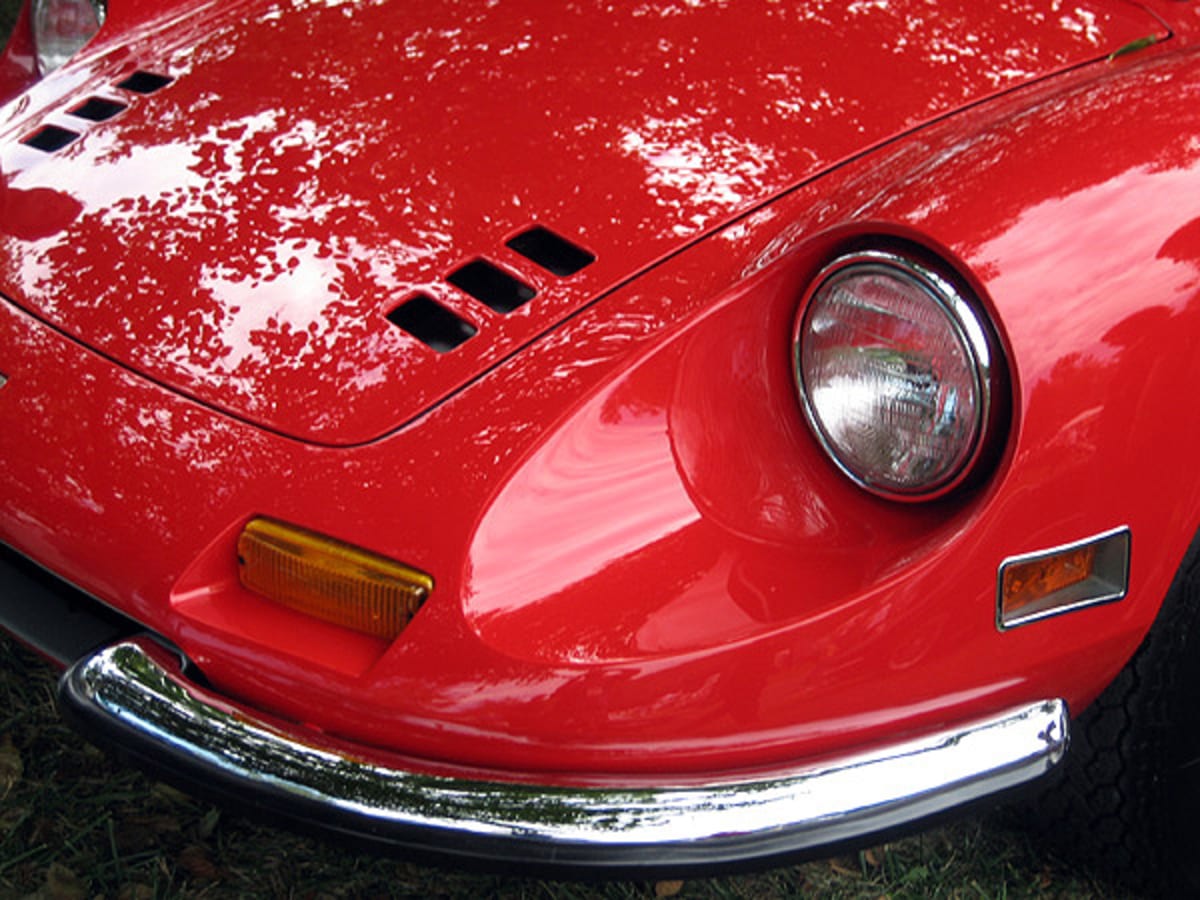
1974 Ferrari 246 GTS Dino
Okuyama: Well, I've been saying to people that Pininfarina basically doesn't do retro design principles. Replicating a car of the past is not really respecting the original design. As we design this new product for a particular customer, we want to respect the present customer - not the customer of the past who bought the original car. For example, when you think about this car 20 or 30 years down the road, the person who bought this car wants to view it as a great design from the turn of the century - not a design from the turn of the century that was actually a copy of a car another 20 to 30 years earlier. You lose respect and the car loses its identity. You have to give a life to this new car that we design at this point. So retro, we basically don't do. Replicating, copying something from the past is taking away this respect from the original design.
In the case of the Maserati Birdcage, we looked at the original Birdcage, the Tipo 66, and the other original Maserati Birdcages. We respected those designs when creating the new Birdcage. With modern technology, modern materials, modern use of aerodynamic technology, we came up with something original. By the say, another influence of the new Birdcage was this show car called the 512 Modura in 1970 which was another very special show car to me. I became a designer because of the 512 Modura. I saw that car back at the 1970 Osaka Expo and I just couldn't imagine that anybody could design something like that. After that experience, I wanted to become a car designer.
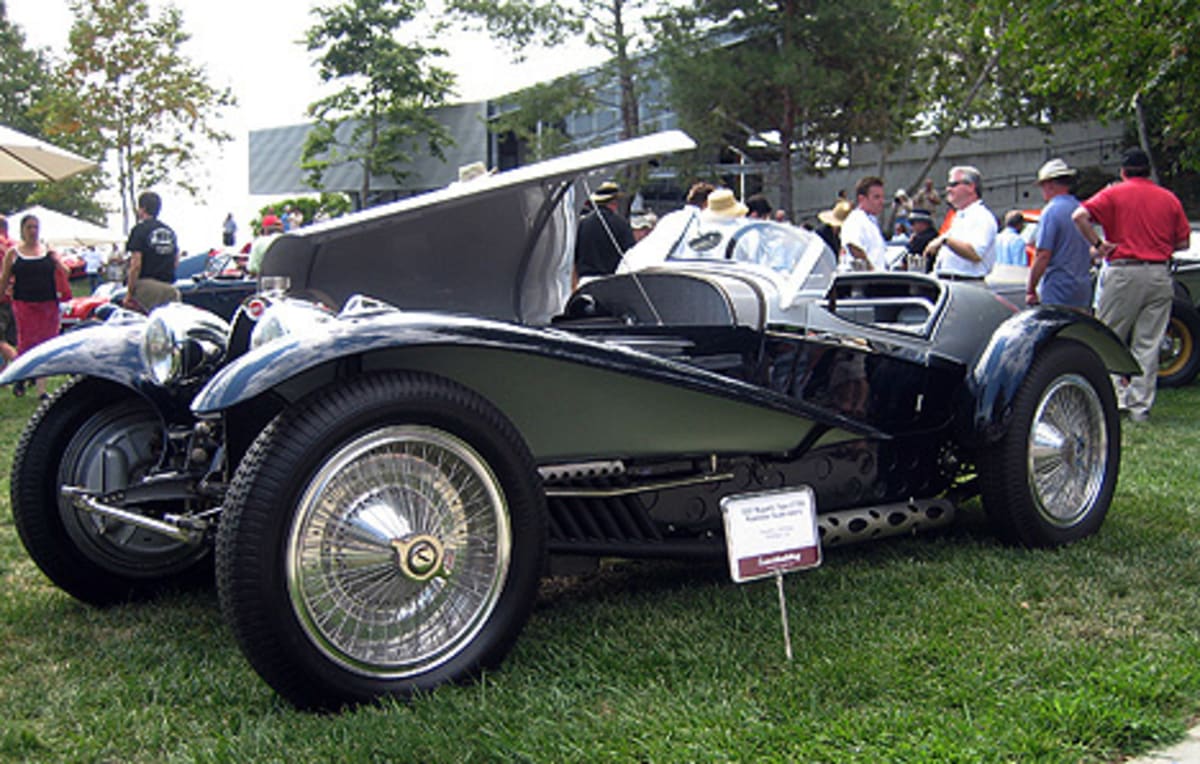
1937 Bugatti Type 57/59 Roadster Supersport - Ronald J. Kellogg / owner
Another thing that I always say is with money, people can buy present time and people can buy the future, but it's very difficult to buy the past. There are so many wealthy people who build the present and the future, but they want the past. You can't change your past. In a way, by having something with a strong identity or brand, like Ferrari or Maserati, you are buying the past. You're becoming part of this past. That's why people want this strong identity. They want something that they can belong to, like part of a club. Ferrari actually invests 15 percent of its revenue into Formula One, which is something that doesn't seem to make any economic sense at all. Toyota or Honda wouldn't do that. For Ferrari people, that's a core part of the culture. That's part of their identity. It's part of why they started the company - i.e., to maintain this Formula One racing team. So by buying something with the Ferrari name, people can become part of this club. People can become part of this legend - and part of this whole world of Ferrari.
LA Car: You mentioned something interesting in your talk earlier today (Art Center Car Culture '06's "Meet the Designers") about creating concept cars that excite the younger generation. When I was growing up in the 1980s, every child had a poster of a Ferrari Testarossa or a Lamborghini Countach hanging on their walls. It seems to me, and it could just be a part of today's culture, that children now aspire to own cars like Cadillac Escalades.
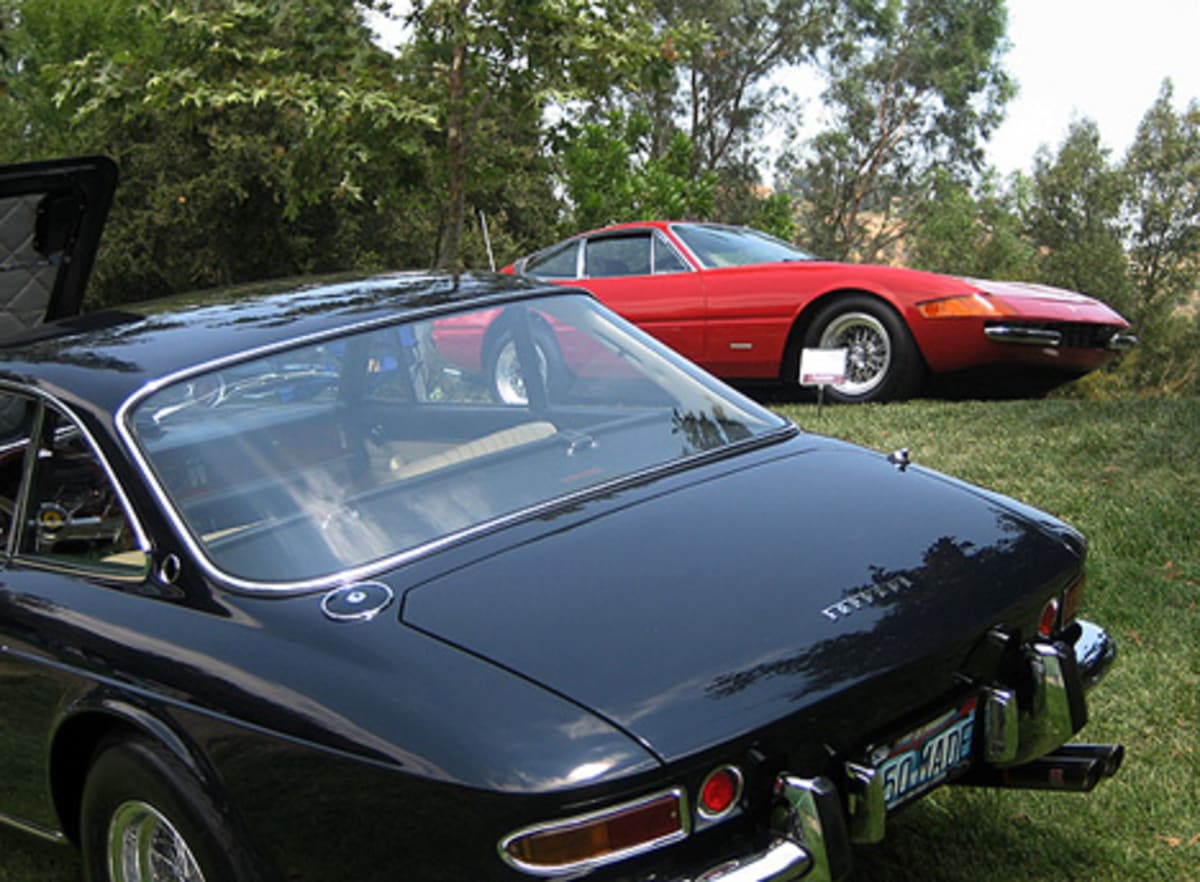
Ferrari 330 GTC and Daytona
Okuyama: Yeah, isn't that a shame? I don't really know why that is, but part of the reason is that when you think about the car business in the '60s and '70s, and the mid to late '80s, the business was smaller. Because of that, people were able to take more risks in engineering and design. Nowadays, you sell these cars to someone like my mom and my grandmother and they have to drive these cars every day.
When you leave your computer outside in the snow for a couple weeks, it no longer works. Of course, it shouldn't. But you do the same thing with a car and you expect the car to perform perfectly. When you leave a car at the airport parking in Detroit or someplace, you expect and demand that the car starts when you turn on the ignition. That's how tough it is to be in the car business now, because everything has to function at higher-than-ever standards.
Moreover, manufacturers have to respect all the safety regulations and requirements in Europe, in Asia, and in the US. It's getting tougher and tougher. When one car fails in the lineup of a company, it's like many will fail. Therefore, you lose the business. Companies can't afford that, so they are taking much fewer risks. People want cars that are less risky. It's part of our daily lifestyle that it has to always function. In a way, people don't want to stand out of the crowd. People want something very normal and not so special. But at the same time you want something special too. That's why you start buying second cars... just like fashion items. But the basic function of the car is something that is very necessary in a society and essential in your daily life.
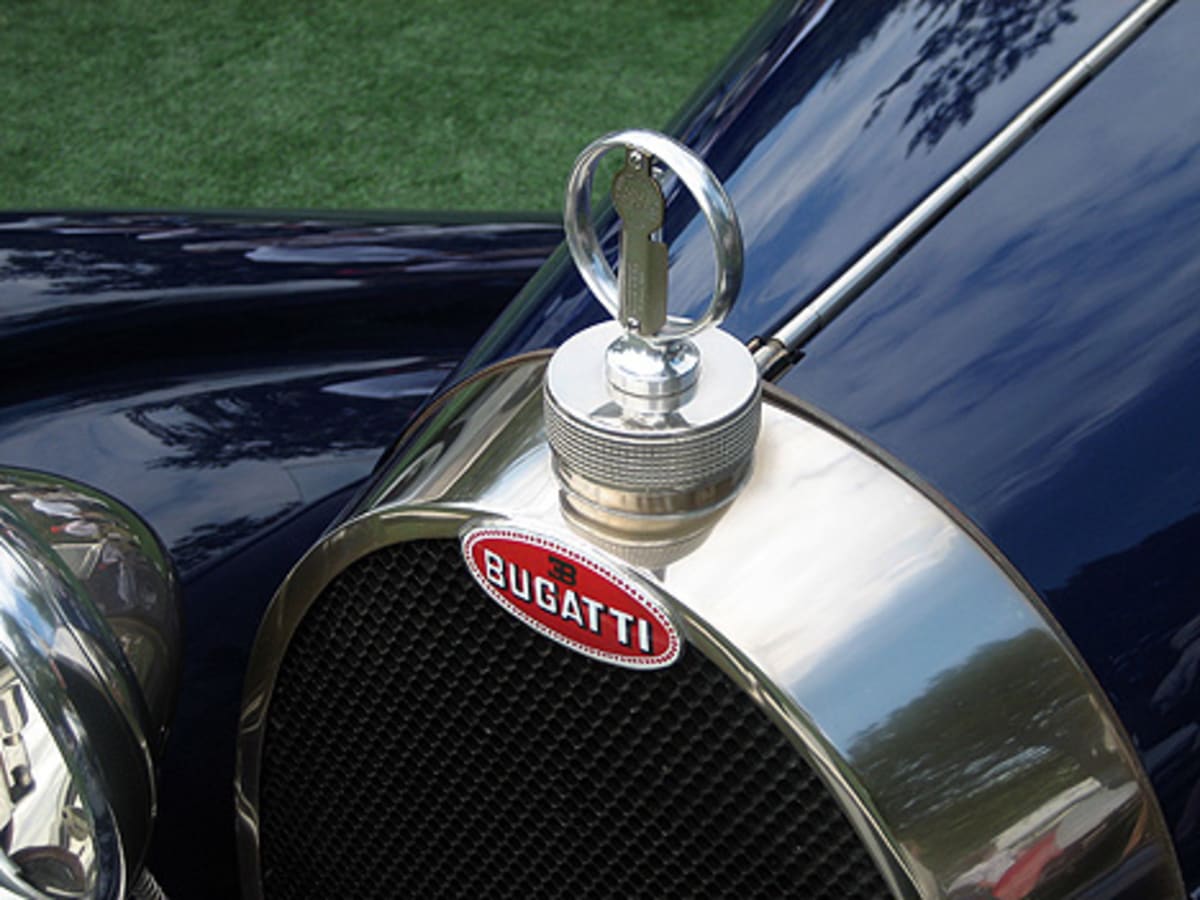
1926/27 Bugatti Type 38 Roadster with body by Murphy and Co.
Fortunately, there are people who are beginning to want something different and special compared to ten years ago. That's why I think now is a good time to start having these concept cars that are very different, and very focused on dreams and visions and the future. We haven't seen this 10-20 years.
LA Car: The 599 GTB is a fantastic car. What were some of the goals and challenges that Pininfarina had in designing the successor to the popular 550/575 series?
Okuyama: When we started working on this project, which was originally called the F141, we were given the task by President Montezemolo of Ferrari to exceed the performance of the F40 with the capacity to drive it every day - from home to work and also for vacation, using the components of the Scaglietti. This created issues. The Scaglietti is a fantastic GT car, but to turn it into a super sports car, we have to shorten the car and particularly the overhang. Overhang nowadays is something that is very difficult to shorten because of crash issues. But we did that, so the car is shorter and lower, but more agile and dynamic than the Scaglietti.
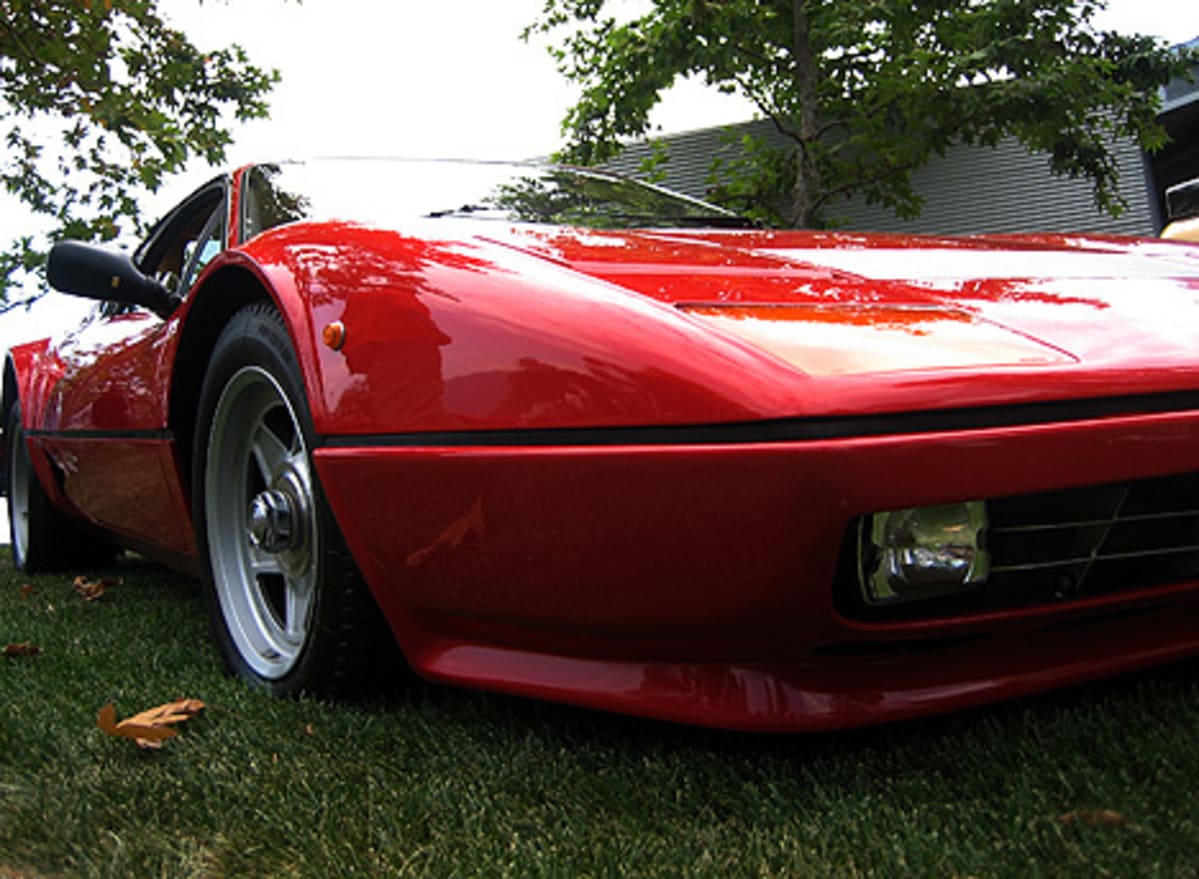
1983 Ferrari Boxer BBi 512 - Joe Tseng / owner
We also had to keep it light, because otherwise it wouldn't be a sports car anymore. But as a daily driver, keeping it light is really difficult, so we tried to use more aluminum. We were using aluminum completed for the Scaglletti, but the way we used thinner metal and the way we put the door hinges and the glass on, and all the internal components, was completely revisited.
LA Car: The fins on the C-pillars and the way the side glass curves into the rear are particularly attractive.
Okuyama: Yes, when the 550 Maranello came out, the world started enjoying having sports cars and sports sedans like those of Audi and BMW. Audi makes a fantastic car, and the BMW 3-series is a fantastic car, but any of the C-segment cars like the [Volkswagen] Golf are getting much closer to the old D-segment cars - much higher segment cars. The aggressive track of those sedans are forcing sports cars to be even more aggressive. That's why, compared to the 575 which is much more elegant, we had to put on a more aggressive identity for this car.
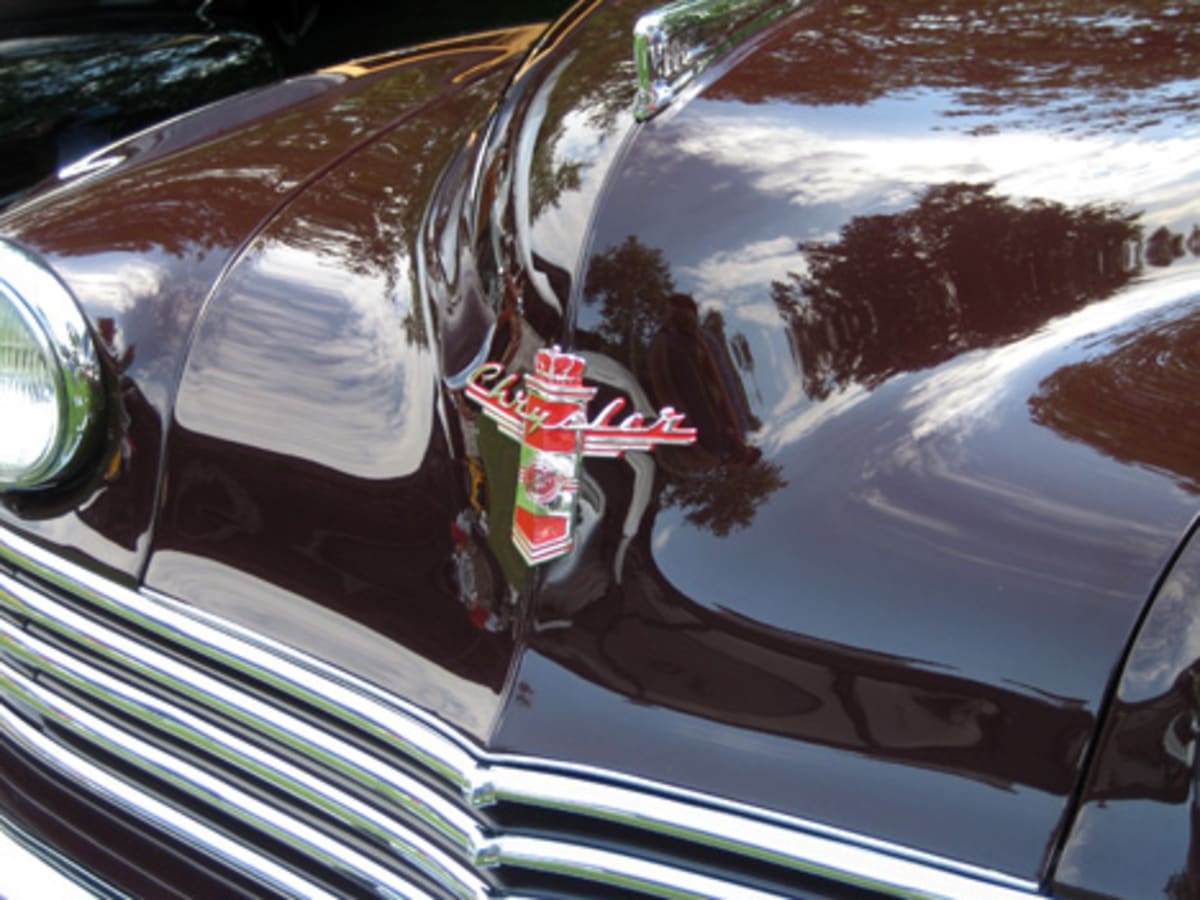
1942 Chrysler Town & Country Barrel Back Station Wagon - Aaron Weiss / owner
That, we think is a much more natural progression for Pininfarina design. Ferrari design is always a combination of elegance and aggressiveness. Before, elegance played a much more important role, but now an aggressive character is becoming more important for the sports car to stay a couple steps ahead of the sedans that are more aggressive. Those huge fenders and big tires in modern sedans are fantastic. Therefore, sports cars have to be more aggressive as well.
LA Car: How does the time you spent as Director of the Art Center College of Design's Transportation Design Program influence your designs now at Pininfarina?
Okuyama: I've been working with Pininfarina since 1995, and I took a leave of absence for three-and-a-half years to serve as the department chair. Teaching is the best way to learn, and stepping away from the car industry, where we tend to look at the immediate future, was a great chance for me to leave Italy and come to the US. Here, one learns that fuel consumption, and alternatives like electric-powered vehicles, fuel cells, and hydrogen power are all highly critical issues that can't be ignored, even when designing Ferraris. So it's something that I wanted to deepen the study of. You almost have to step out of a design studio to be able to do that. And I was really happy to do this.
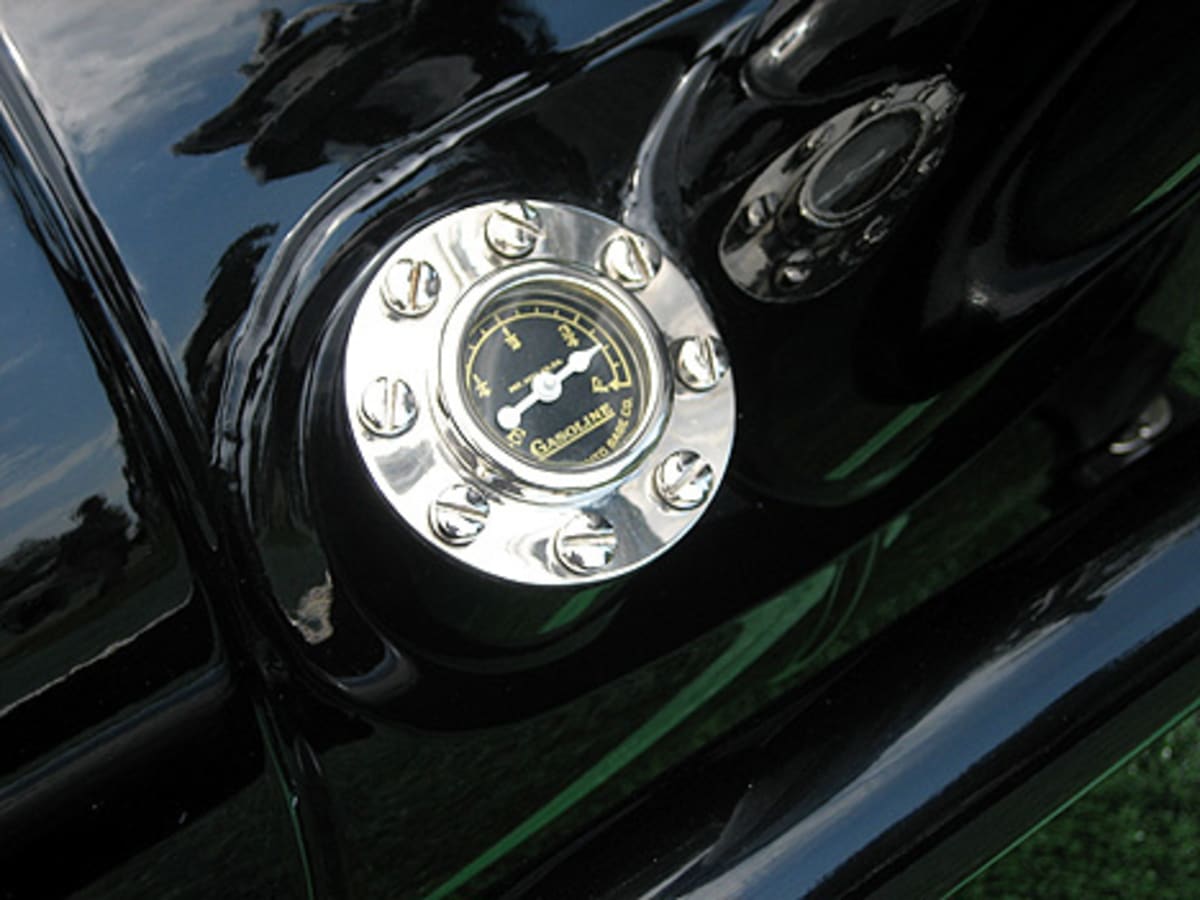
My job right now is to bring back this noise that I learned here from students and all the people and sponsors that we dealt with, and bring it to the mainstream car industry. It is tougher than I expected, because you don't have to do that. But we've got to prepare ourselves for it. ______________________________________________________________________________________
THE SCHOOL FOR COOL
The simple orange dot in the Art Center logo might mistakenly give the impression that this institution is a lightweight. In fact, the orange dot actually represents one of the most respected design colleges in the world. A recently published study states that Art Center ranks number one overall in both its undergraduate and graduate programs among all industrial design schools in the United States.
Art Center was founded in 1930 to teach real-world skills to artists and designers. More than 75 years later, Art Center remains at the forefront of design education, preparing the innovators of tomorrow through courses in Advertising, Fine Art Media and Product Design, just to name a few. And for creative younger minds, there's Art Center for Kids, offering a variety of courses for children in grades 4 through 8.
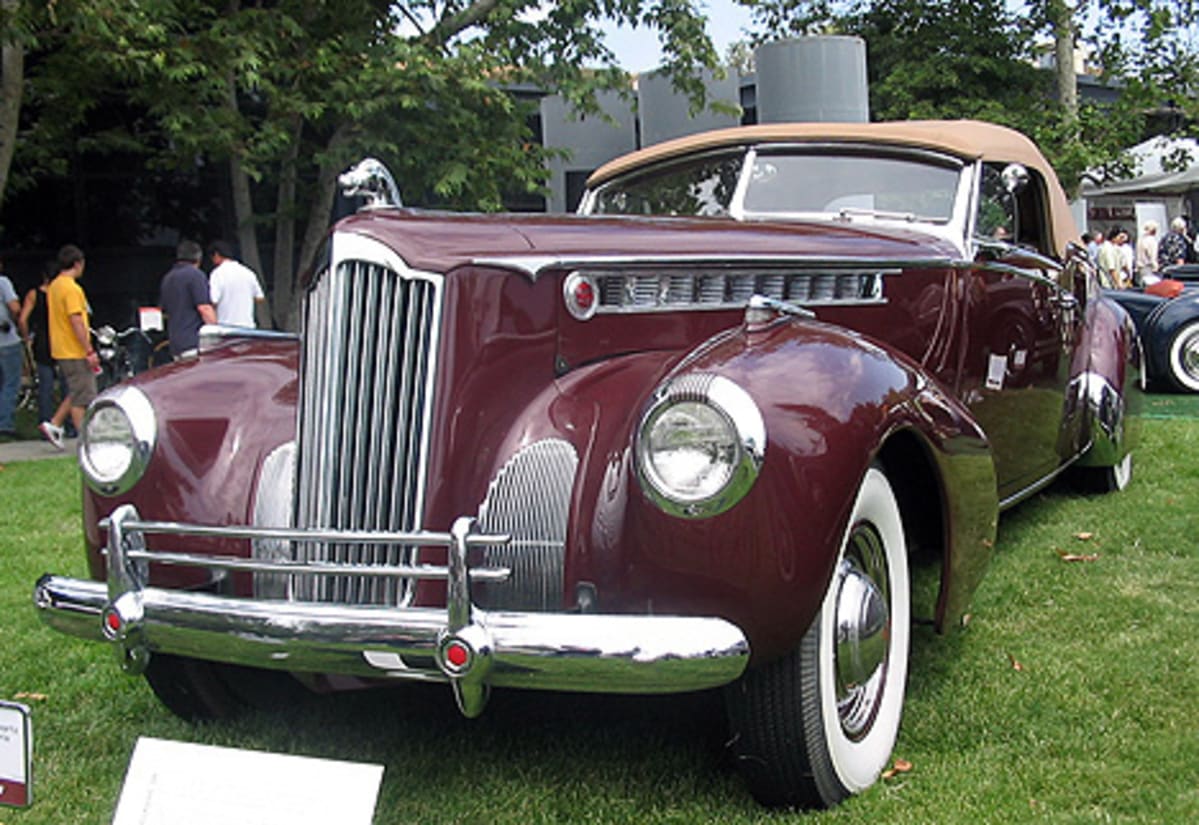
1940 Packard 1805 Bohman & Schwartz Convertible Victoria - William S. Snyder / owner
Today's Car Classic reminds us that Art Center also offers an outstanding degree program in Transportation Design. In the 1950's, Art Center played an important role in the founding of the first advanced-concept design studio for the automotive industry. Future automotive designers spend their time on this state-of-the-art campus leaning their craft through classes such as automotive design, interior design, visual communications and 3D object design.
And does a degree in Transportation Design from Art Center pay off? Just ask some of their graduates, such as Dave O'Connell, Chief Designer, Mitsubishi Motors R&D America. And whatever happened to 1986 graduate Frank Saucedo? He's now the Director of Advanced Design for the General Motors Corporation. Another graduate, Freeman Thomas, serves as Design Director, North American Strategic Design for the Ford Motor Company. Art Center consistently provides the finest talent in automotive design studios. Throughout this state, and the rest of the world, the design studios are well stocked with the school's graduates.
That orange dot that appears so simple to some represents some serious talent to those in the know.
## Reed Berry
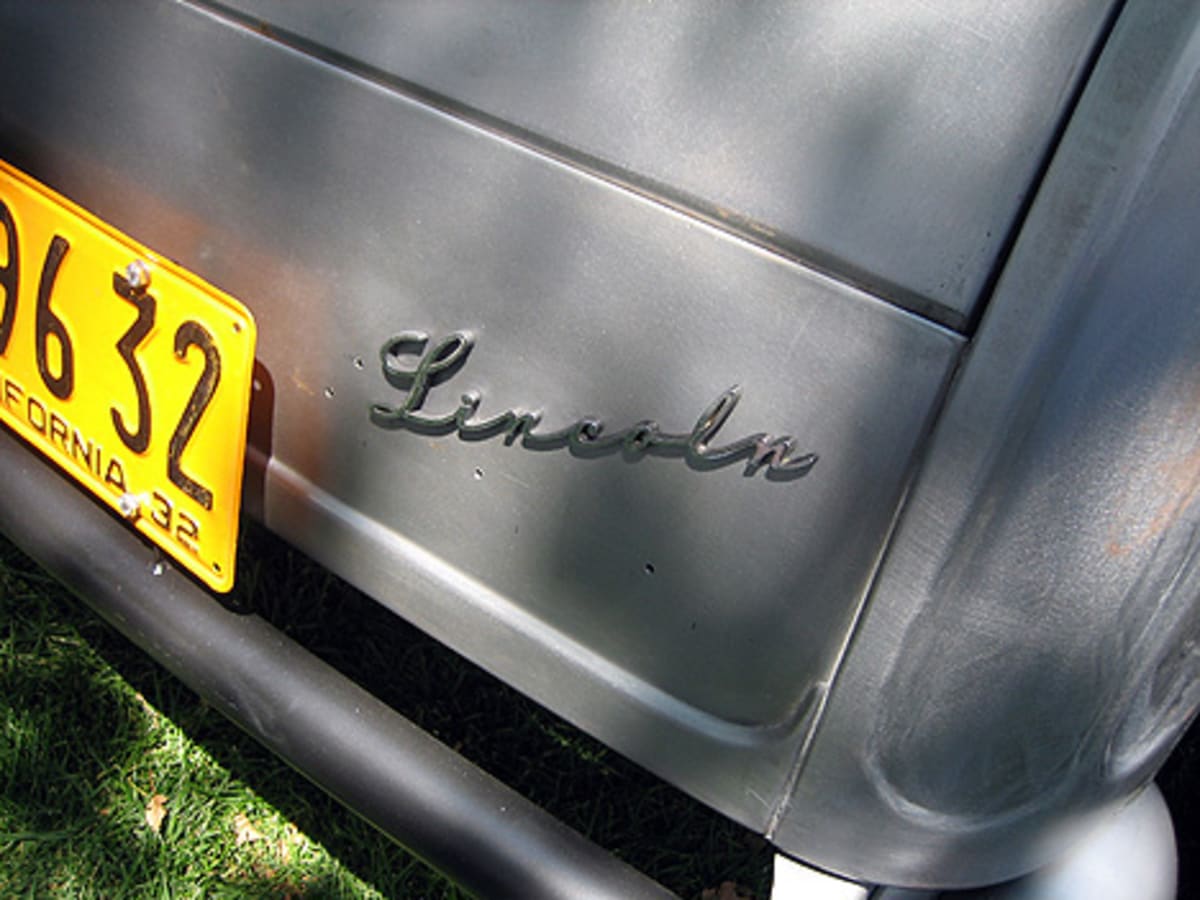
About the Art Center's Transportation Design Program
The Art Center has earned the reputation as the best academic institution for car design in the world. For more than seven decades, Art Center has been educating the designers who have provided the vision for the industry and created some of the most memorable cars of yesterday and today. The school estimates that more than half of the world's car designers are Art Center graduates. Alumni of the college currently hold top design positions at the studios of Pininfarina, Ferrari-Maserati, Ford, General Motors, DaimlerChrysler, BMW, Porsche, Audi, Volvo, Nissan, Aston Martin, Hummer, Mazda, Toyota/Lexus and Volkswagen North America, among others.
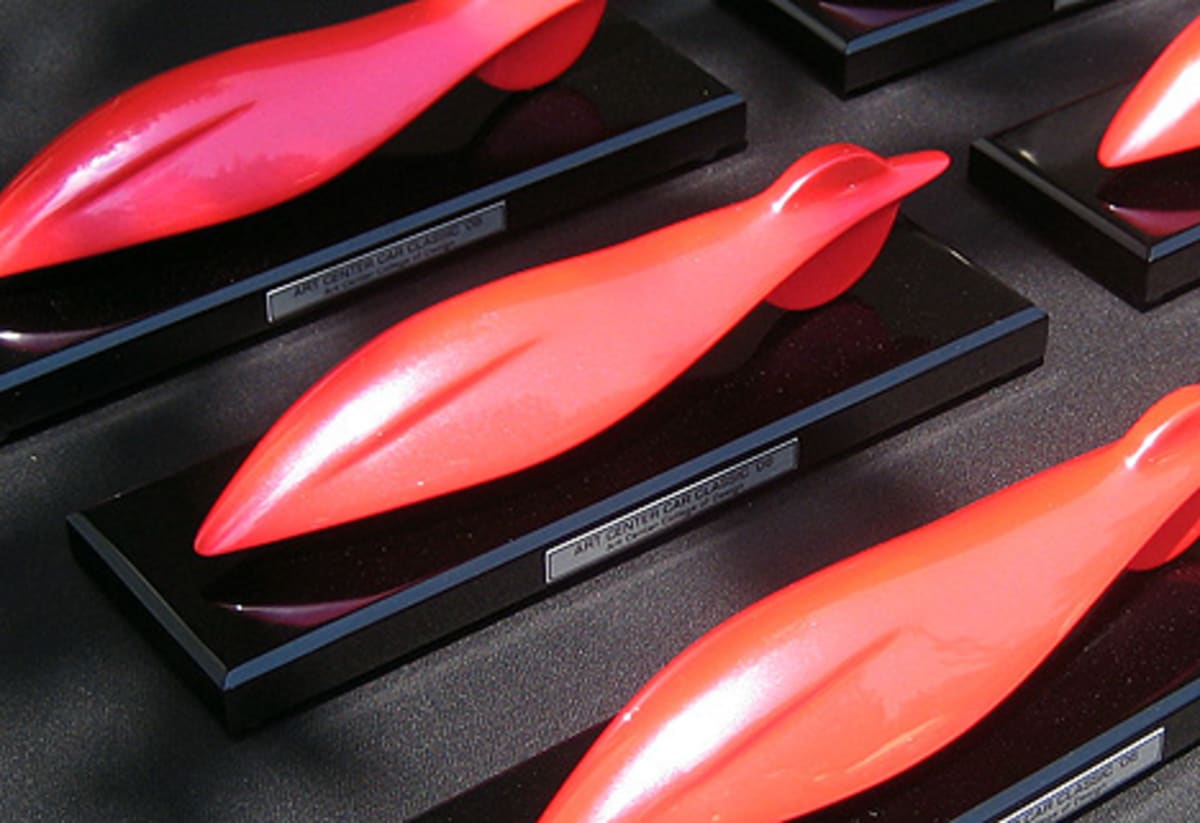
Art Center Car Classic Awards for 2006
Find out more at www.artcenter.edu/carclassic




